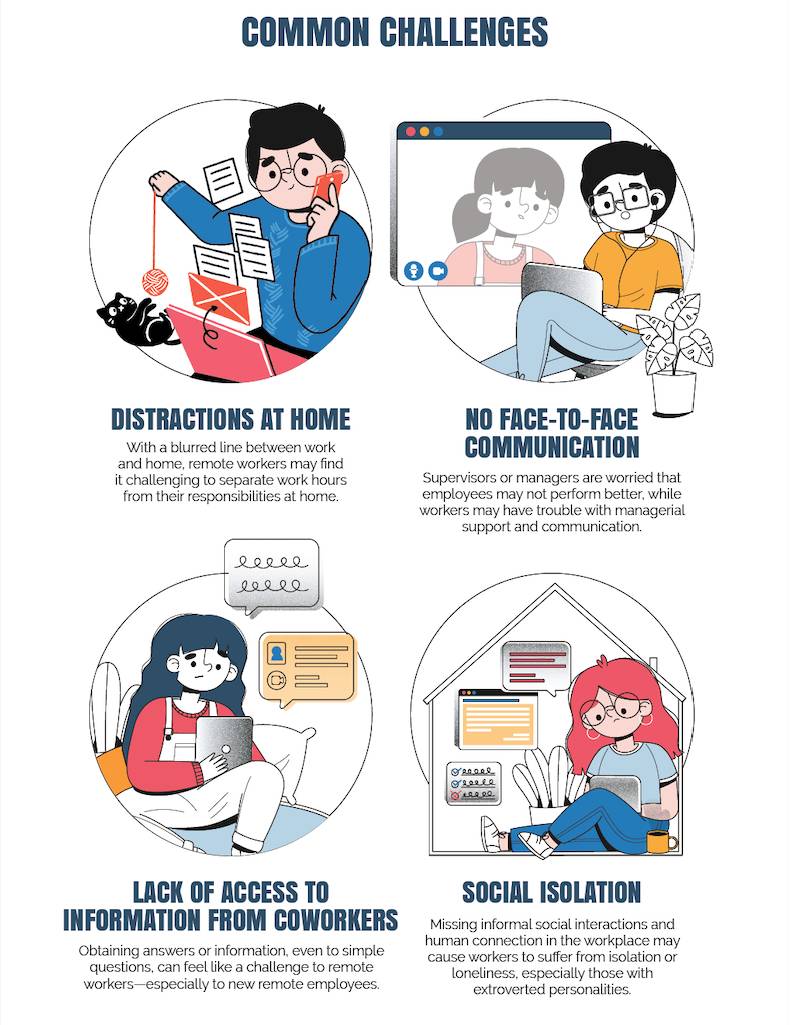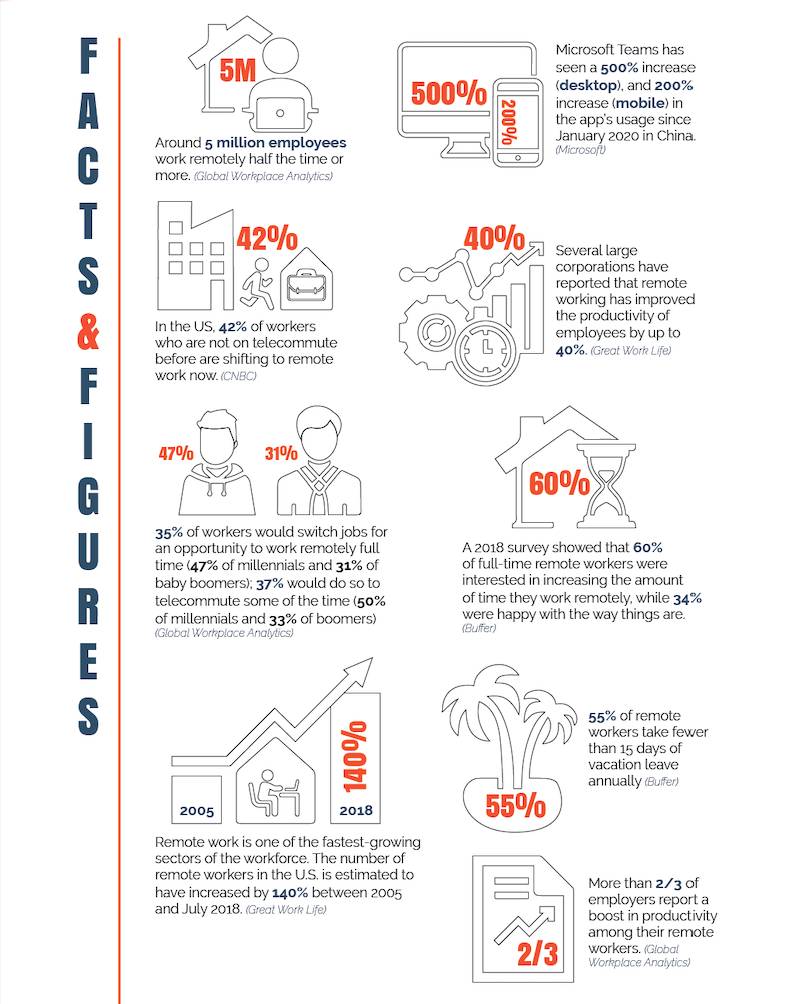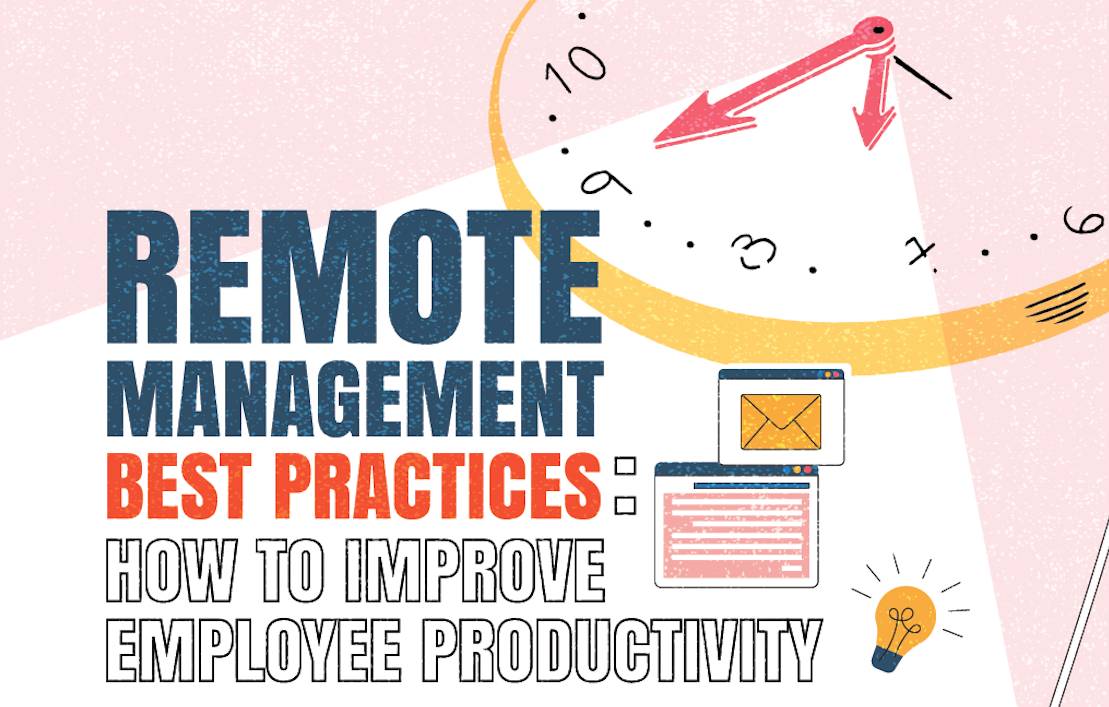Due to the global health pandemic triggered by the spread of COVID-19, some companies have looked into back office outsourcing. Others were forced to switch to a remote work management set-up to continue their core business operations and reduce the risk of catching the virus.
Remote management puts a lot of responsibility and challenges on managers and employees alike. Running a team of professionals virtually can be tricky, especially if it’s your first time to do so.
Common Challenges of Remote Management
Managing a remote team comes with its own difficulties. If you’re still struggling to find the right approach, let’s discuss the common challenges you face to determine the right way to overcome them.

Distractions at home
In the office, employees get to work productively because of the distraction-free environment. It’s challenging for first-time remote employees to maintain their own time table, keep their discipline, and avoid the distractions present in their home, especially if they have kids. What used to be their safe space became stressful, making it hard to separate work and home responsibilities.
Solution: If possible, offer to cover the cost of a coworking space once or twice a month.
No face-to-face communication
One of the major work-from-home challenges for companies is holding productive meetings and being aligned due to the lack of in-person communication. Miscommunication or partial communication can create many problems and slow down task or project progress.
Solution: Instruct employees to document and relay critical information to the respective people, keeping in mind the message’s urgency and importance.
Lack of access to information from coworkers
Reaching out to coworkers online is more complicated than when you’re working in an office. Even simple questions can make employees feel awkward.
Solution: Establish a culture where you encourage collaboration and open communication. Be a role model and show employees that they can reach out to you for any concerns, no matter the size.
Social isolation
Working from home can make employees feel as if they’re working on their own. There are no water cooler conversations, lunch gatherings, or after-work socials. The lack of human interaction may cause workers to suffer from loneliness, affecting their work performance.
Solution: Require your team to open their cameras during department meetings to create that team atmosphere. You can also hold virtual engagement activities to boost their morale.
Tips for a Successful Remote Management
Here are some remote management best practices for a successful and smooth-sailing remote set-up to keep your employees productive and happy.

Avoid micromanaging.
One of the best things you can do as a manager to boost your team’s productivity is to avoid getting too involved in their work. You hired them for their experience, skills, and competence, so show them you trust them with their role by not micromanaging.
Maintain open communication.
Open and transparent communication is crucial for telecommuting organizations. You should establish clear expectations for the tasks and projects, work performance, business goals, and other important discussions.
You can use communication tools to streamline your exchanges. For instance, email should be used to properly document tasks, while a chat tool should be used for immediate concerns and other discussions.
Provide encouragement and emotional support.
Team leaders or managers should lend an ear to the team’s problems, struggles, and anxieties. You have to show empathy and understand where they’re coming from, especially those who faced an abrupt shift to telecommuting or were personally affected by the crisis.
Do remote team engagement activities.
Just because you work remotely doesn’t mean you can’t bond together. You can still help everyone get together through various activities. Some suggestions include after-work drinks over a video call or dedicating a chat group for mundane discussions like TV shows or movies.

Remote Management Best Practices: How to Improve Employee Productivity
It’s the organization and managers’ job to ensure that the employees feel involved, valued, and connected even when you don’t get to meet face-to-face. To help you remember the points above and address the difficulties and create a productive remote team, check out the infographic below.

